Beirut's cultural scene damaged by explosion
The Sursock Art Museum survived 15 years of war, but not the blast. Beirut's historic buildings are at risk of collapse — along with the city's arts community.
The 1912 villa survived 15 years of civil war, but now the explosion in Beirut has destroyed the Nicolas Ibrahim Sursock Museum. The white facade of the building that housed modern and contemporary art still stands, but the blast that shook Beirut on August 4 took out the blue, yellow and red window panes.
"The interior of the museum is almost completely destroyed," said Elsa Hokayem, the museum's deputy director. "The wood, the lamps, the doors and 25 works of art have been damaged." A portrait of museum founder Nicolas Sursock, painted by the Dutch artist Kees van Dongen, is "torn from one corner to the other," she said.
But the museum is only part of Beirut's vibrant arts and culture scene, the core of which was located where the explosion hit. Among the areas most affected are Gemmayzeh and Mar Mikhael. According to UNESCO, many of the estimated 8,000 buildings affected by the blast are concentrated in those districts. The United Nations cultural organization added that some 640 historic buildings were impacted, approximately 60 of which are at risk of collapse.
The neighborhoods of Gemmayzeh and Mar Mikhael are home to many cafes, restaurants, galleries and venues for concerts and poetry slams, as well as studios for furniture, jewelry and clothing designers. Many are worried the vibrant scene won't be able to bounce back after the hardship.
Read more: #PrayForBeirut: Monuments worldwide lit in solidarity
Sursock Museum closes its doors
"It will probably be a year before we can reopen," Hokayem told DW. The the Sursock Museum was often used as a popular backdrop for photos and on the evening of the explosion, a bride and groom had taken part in a photo shoot. When the disaster struck, the museum had already closed and its employees had left the building. "Fortunately, the security guard had already finished his inspection tour that evening and had also gone home," said Hokayem.
Ziad Olleik was not so lucky. The manager of Plan Bey, an organization that supports Lebanese artists by selling their illustrations, photos and drawings at affordable prices, was speaking to a friend and a customer in the shop when the ammonium nitrate exploded in the port of Beirut at 6:08 p.m. "We felt this incredible pressure, and I told them to get down on the floor," he said. "Next, the entire shop window crashed down on us." The shards cut deep into his hands.
Read more: New documentary explores Gaza in black-and-white photos
Olleik, who is currently living with his family outside of Beirut, said he still sees the images in his mind, even without watching the dramatic footage replay on TV. The explosion destroyed everything in a neighborhood "full of art galleries, cultural centers, yoga studios, many beautiful places where you could have a coffee and read a book." Now, he said, it's all gone. "When I come back to Beirut and walk down Rue Gouraud, I'm sure I'll cry."
Beirut's arts scene had already long been in trouble. Even before the disaster, many were worried about how they would make ends meet due to the country's economic crisis, including the organizers of Plan Bey. With the inflation rate getting ever higher, it had been difficult for the small business to survive — materials were becoming expensive.
"Paper must be imported and is expensive because we have to pay for it in dollars. That's why we can't print or produce anything new," explains 28-year-old Salim Naffah, also a manager at Plan Bey. The challenges had forced them to close one Play Bey location but they had wanted to continue to keep the business open on Rue Gouraud until the end of the year. After the blast, rebuilding was out of the question.
Read more: Lebanon parliament approves Beirut state of emergency, grants military power
Unclear future
Now that many historic buildings been heavily damaged or destroyed, many in the culture industry are afraid they will be razed to the ground and the plots bought by investors. They worry that the city's vibrant scene won't be able to bounce back, and that the charm of the areas could be lost through reconstruction. As a result, residents and shop owners have hung signs saying "We are staying" in bright red letters to show that the neighborhood they love is not for sale.
So far, many of those affected have not yet had time to give much thought to the future — there are more pressing needs. They are helping their neighbors reconstruct their homes, and supplying those in need with food and shelter.
Haven for Artists, which is usually a studio and co-working space for freelance artists, has been converted into emergency accommodation for women and migrant workers affected by the blast. The operators of Plan Bey are also using their second business, the Makan restaurant, to help by cooking food they donate to those in need in the neighborhood.
"After a disaster, people immediately think about food or accommodation. These are two needs, but there is a third: People need to talk and they need to be listened to," said Naffah. "They must be able to tell their stories and know that someone else cares. I see an empty space that the cultural scene can fill — especially these days."

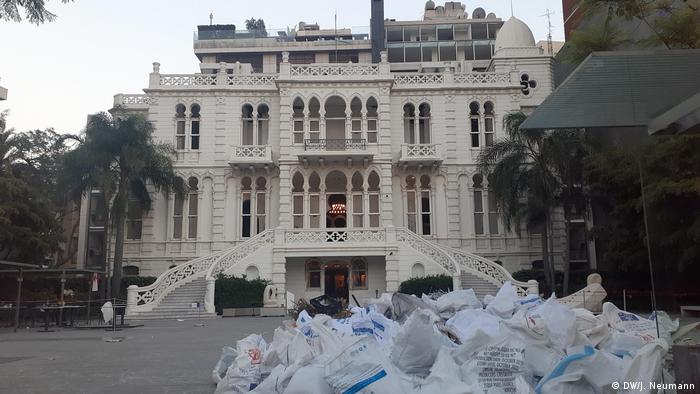
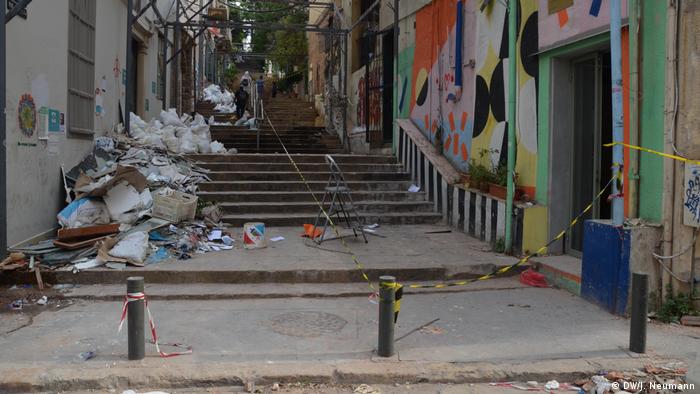
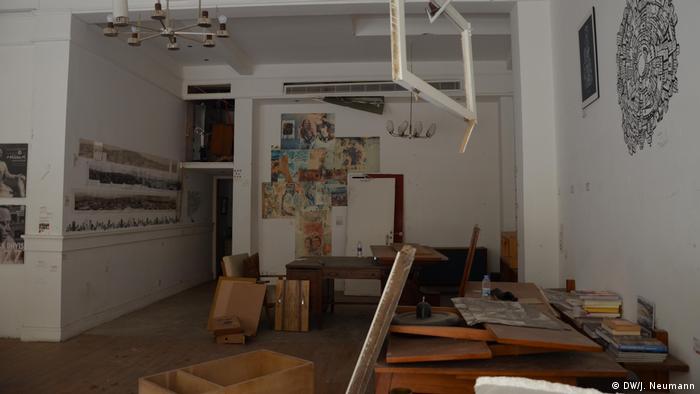
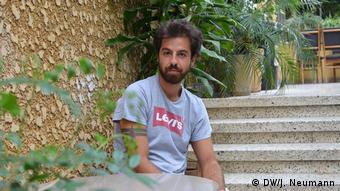
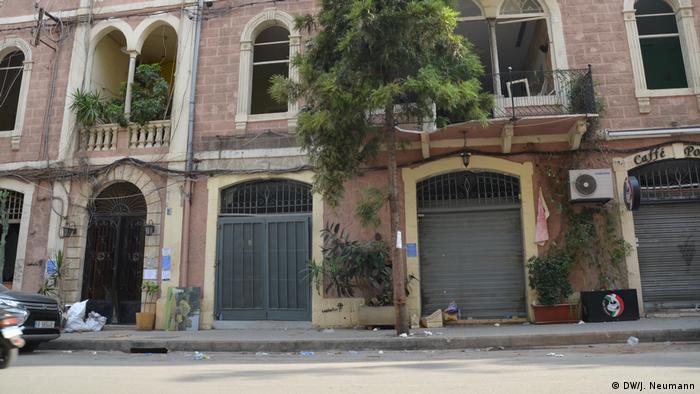
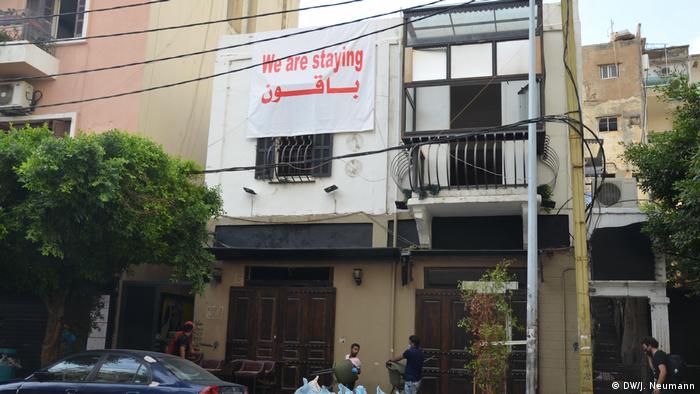



No comments:
Post a Comment